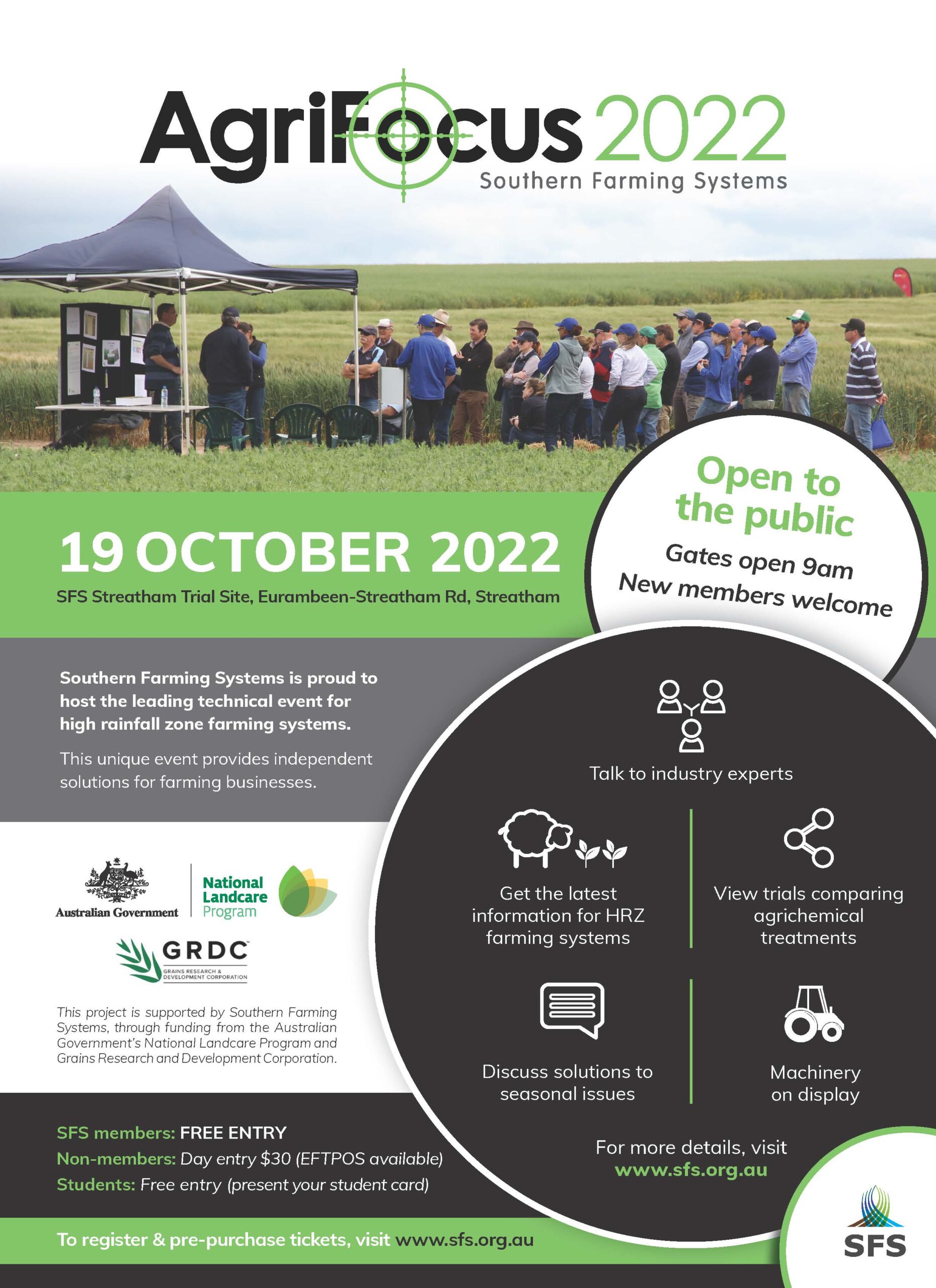
A year of record highs for Victorian farmland – Rabobank report
Median agricultural land prices in Victoria jumped by 28 per cent in 2022 – after a massive 40 per cent increase the prior year – agribusiness banking specialist Rabobank says in its recently-released annual Australian Agricultural Land Price Outlook.
The report, supported by farmland sales data from DAS (Digital Agricultural Services), says all regions continued the positive trend in land value growth, with Mildura showing the lowest growth at 38 per cent for the 2019-2022 period.
The value of grazing areas in Victoria increased by 24.7 per cent to AUD 21,725/hectare, while arable farmland saw growth of 29.8 per cent, reaching an average of AUD 13,577/hectare, the second-highest value in the country. Dairy areas also saw a 13.8 per cent YOY increase in land value, with an average price of AUD 19,297/hectare.
Report author, RaboResearch agriculture analyst Vitor Pistoia said regions that are close to urban centres and have a mix of urban sprawl and rural markets, like Maryborough, demonstrate the impact of city-dweller demand for farmland.
“While the demand for farmland in the southwest cropping market is strong in early 2023, the dairy region is experiencing the opposite trend. Buyer behaviour is not as robust as in recent times, and major discounts are taking place for large-scale farms valued at over AUD 10m,” he said.
Nationally, the bank’s analysis – of the DAS data set which comprises genuine rural sales and excludes lifestyle and non-market transactions – found agricultural land prices across the country rose by 29 per cent (median price per hectare) in 2022, with cropping land increasing by 29 per cent, livestock grazing land by 26 per cent and dairy by 29 per cent.
Agricultural land prices were found to have recorded double digit percentage growth on the previous year in all states, with South Australian farmland prices rising the most – at 34 per cent.
The distribution of farm sales (in number of deals) across Australia remained stable year on year, with 16 per cent in Western Australia in 2022.
And good financial performance for Australia’s farm sector – driven by high commodity prices and good weather conditions for the majority of the country – is set to once again fuel “double digit” percentage growth in agricultural land prices for the year ahead, Rabobank says, albeit easing from the record near-30 per cent increases seen in both 2022 and 2021.
Mr Pistoia said agricultural land prices across the country had soared again in 2022, with the “macro settings” having been favourable for land purchases and farming profits in Australia.
“Prices for most major commodities reached record highs, widespread rainfall supported agricultural yields – which also surpassed historical records in some regions – and interest rates were at historical lows for almost half the year,” he said.
While a decline in agricultural land prices is not forecast, the bank cautions that – after the estimated double digit percentage price increase this year, a significant slowdown in the “pace” of price growth – which had been “massive” in recent years – is expected from 2024 potentially through to 2028.
Mr Pistoia said “farmland sale prices in early 2023 are still setting new records”, with prices in 2023 expected to continue to rise.
“Albeit to a lesser extent to the previous year as the combination of high property prices and increasing interest rates – along with the expected onset of El Nino, and potentially drier weather for many parts of Australia, which may hamper agricultural yields – will be impacting farmers’ appetite for buying land,” he said.
Mr Pistoia said the income outlook for Australian farmers in 2023/24 was, though, “solid and positive” with above-historical-average prices for agricultural commodities still granting good profitability and with recent high costs for farm inputs now easing.
However, looking out from 2024 to 2028, he said – with the record highs for agricultural yields and commodity prices seen in the past three years unlikely to be repeated – there are expectations of a slowing pace in the growth of land prices, although with no price declines expected.
“Commodity prices are likely to remain at good levels for farmers for the next one to two years. However, the drier forecast may result in lower yields and reduced margins, while rising interest rates will curtail long-term investment plans,” he said.
“Currently, cash already available in the system and stocks of grains and livestock ready to enter the market remain the key factors driving land price growth.”
To find out more about other Rabobank research, contact your local Rabobank branch on 1300 303 033 or subscribe to RaboResearch Food & Agribusiness Australia & New Zealand on your podcast app.




